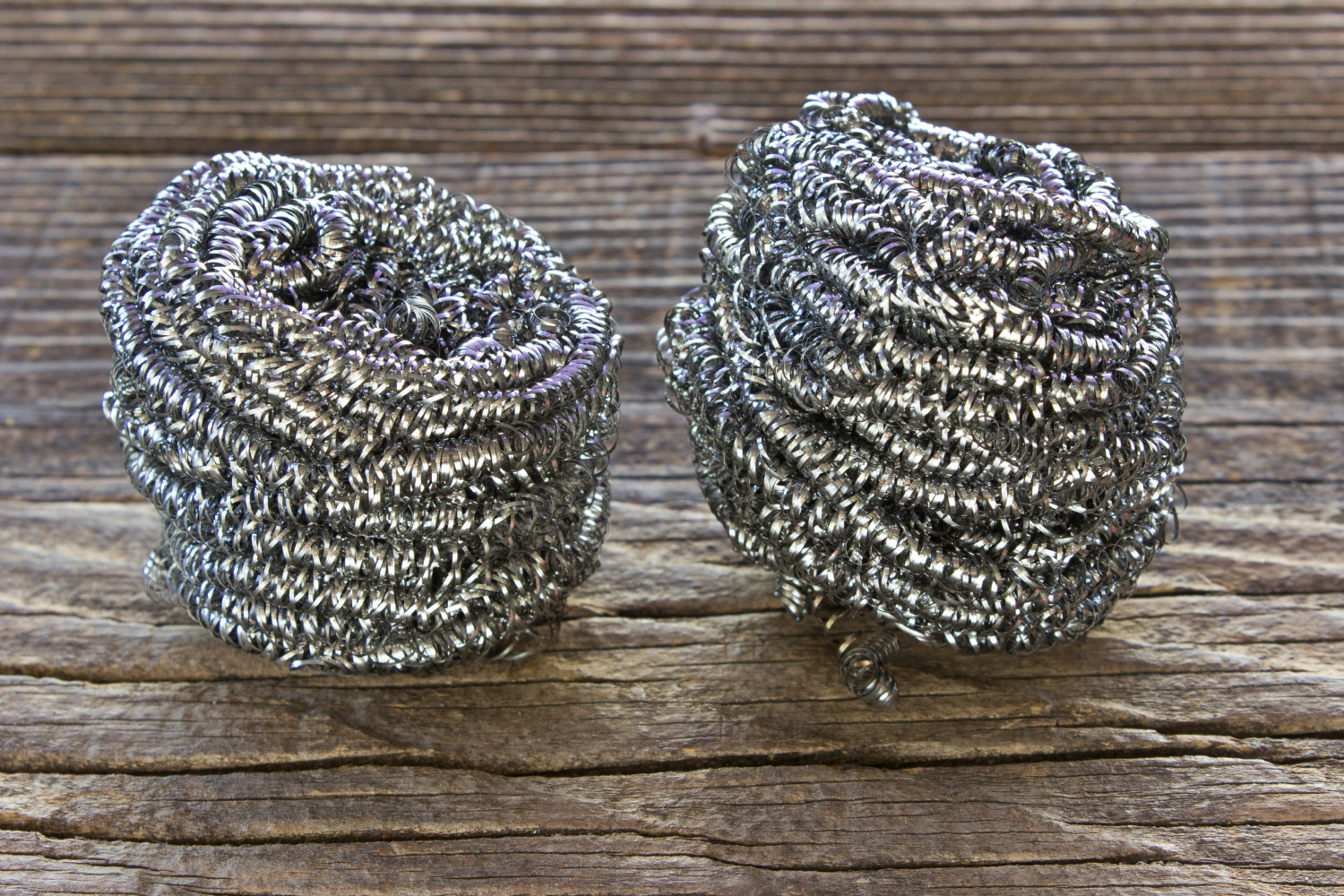The products and services mentioned below were selected independent of sales and advertising. However, Simplemost may receive a small commission from the purchase of any products or services through an affiliate link to the retailer's website.
KitchenAid stand mixers are iconic. Not only do they add a cheerful pop of color to the kitchen, but these appliances are true workhorses for bakers, adept at mixing everything from cookie dough to fluffy buttercream frosting. (And, psst, you can trust a KitchenAid stand mixer with your big batch of guacamole, too).
But, like all appliances, the KitchenAid lineup of mixers can experience some minor malfunctions and other problems every now and again. Thankfully, the KitchenAid team has troubleshooting suggestions so you can fix your mixer in no time and get back to baking.
From misaligned beaters to a stainless steel bowl that seems to be a magnet for rust, here are four common KitchenAid problems — fixed!
The Problem: Your Mixers Are Misaligned
Your mixers can shift and become misaligned, KitchenAid’s help team explains. This is one of the most common problems that pop up with KitchenAid mixers over time. Either your mixer isn’t reaching all of the ingredients, leaving them unmixed at the bottom of the bowl, or your flat beater is extending too far down into the bowl, scraping the bottom.
In either scenario, you’ll need to adjust the beater-to-bowl clearance. Ideally, you want to make sure your mixers have a 1/16th-inch clearance in the bowl, the KitchenAid professionals say.
The fix: KitchenAid recommends a dime test! It’s important you use a dime, not any other coins. A dime is perfect because it’s 1/16th-inch thick and provides a good visual aid to help you adjust the beater-to-bowl clearance. Note, though, that the dime test only works with stainless steel bowls, not ceramic or glass ones.

To determine if your mixers need adjusting, place the dime in the bowl, attach your KitchenAid flat beater and then turn on the low-speed stir mode. If the dime doesn’t move at all, the beater is too high. But if the dime is moving continuously, the beater is too low, possibly scraping your bowl. But, if the dime is traveling slowly around the bowl, it means your beaters are properly adjusted.
If you determine you need to make an adjustment, unplug your mixer. You’ll need a flathead screwdriver to make the adjustment. Find the silver screw; don’t tinker with any of the black screws as they aren’t related to adjusting the mixers.
If you have a tilt-head mixer, the screw is in the hinge between the mixer’s stand and the head and is apparent only when the head is tilted back. If you have a bowl lift mixer, the screw is located on the inside of the stand and is visible. If you need to lower the beater, turn the screw a quarter turn to the right. If you need to lift the beater, turn the screw a quarter turn to the left.
KitchenAid recommends only adjusting the height a quarter turn at a time and performing the dime test after each adjustment to gauge if the mixers have been properly reset or if they need more adjusting. Do the dime test periodically to make sure your appliance is performing optimally.
The Problem: The Mixer Shuts Off
Some stand mixers have a Thermal Overload Protection feature that will automatically shut the appliance off if it overheats. But, if you’re mixing something steamy — like mashed potatoes — the steam can condense on the circuit board, causing a disruption that shuts the motor off.
The fix: If you think steam is to blame, give your mixer three minutes to cool down before turning it back on, KitchenAid suggests. But, if the appliance has overheated for any other reason, you’ll want to let it rest for 30 minutes before trying to restart it.
Problem: The Mixing Bowl Rusts
Stainless steel is resistant to rust, but not completely rust-proof. If you’re noticing that your mixing bowl gets rusty, you may need to change up your cleaning routine. The good news is you can usually get rid of rust with a DIY rust remover.
The fix: First, check your dish soap to make sure it doesn’t contain halogen salts (chlorine, fluorine, bromine, iodine), bleach or antibacterial agents that contain the chemical Triclosan, KitchenAid suggests. You’ll also want to avoid steel wool when cleaning as it can cause your bowl to rust more easily.
If you do have a rust build-up, KitchenAid suggests taking these steps:
- Mix some baking soda with vinegar (either apple cider or white vinegar) until it forms a paste.
- Spread the paste over the surface and allow it to sit for 10 minutes or longer (up to a few hours) if you have stubborn rusting.
- Scrub the paste with a scratch-free scrubbing pad in a circular motion.
- Rinse the bowl well with warm water. Wash the bowl and hand dry it.

Problem: The Mixer Is Leaking Oil
Your KitchenAid stand mixer comes packed with a lifetime supply of solid grease, which is distributed around the gears to keep them lubricated, according to the company. Occasionally, though, you may notice a few drops of oil in the bottom of the bowl or notice some oil dripping off the beater shaft or from the lock lever.
This can happen if you overuse your machine without allowing it to cool between uses but also happens if you don’t use your mixer very much. Warm weather can also cause some oil drops to become separated from the lubricating grease.
The fix: Turn the mixer on every once in a while without any ingredients in the bowl, KitchenAid suggests. If it’s been a long while since you used your mixer, you can turn it to speed 10 and let it run for two minutes prior to using it. Wipe away any excess oil before you use the mixer, the company says.
Oh, and if you need a fix for a boring kitchen, KitchenAid can troubleshoot that for you, too. You can now customize your own KitchenAid mixer with your favorite colors and artistic designs.
Do you love your KitchenAid mixer? We totally get it, and wish you many years of trouble-free operation with perfect results!
This story originally appeared on Simplemost. Checkout Simplemost for additional stories.


